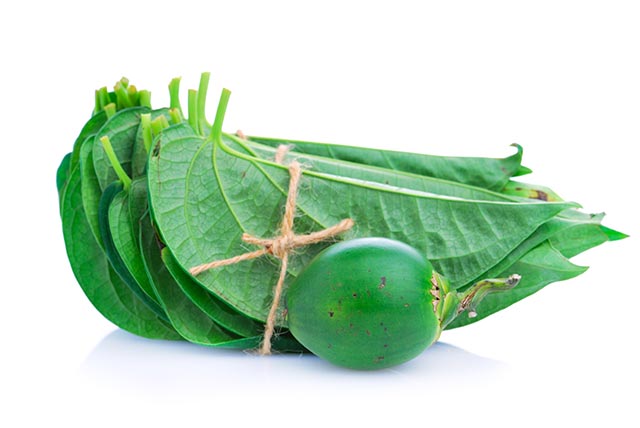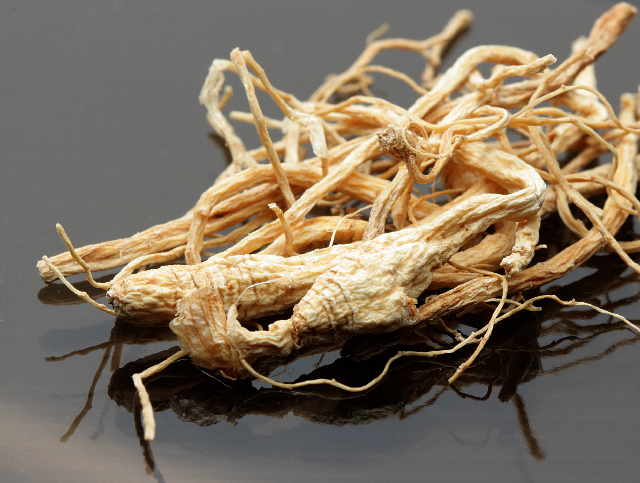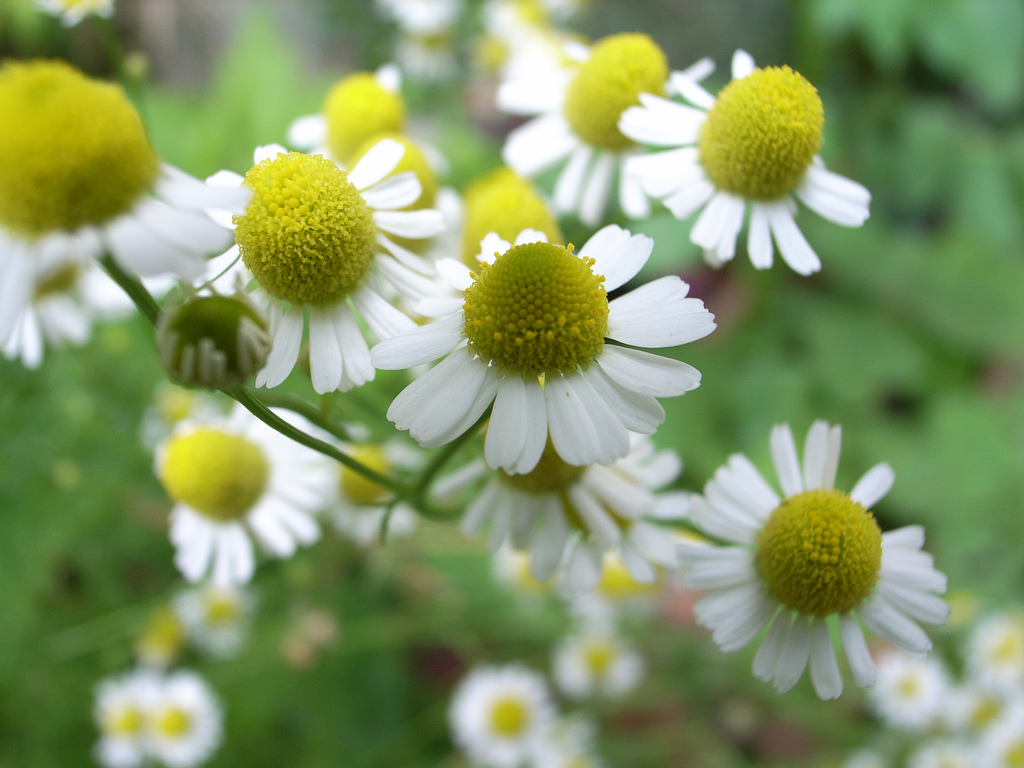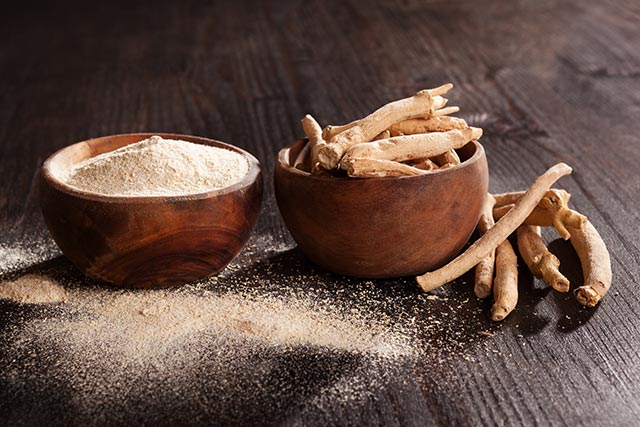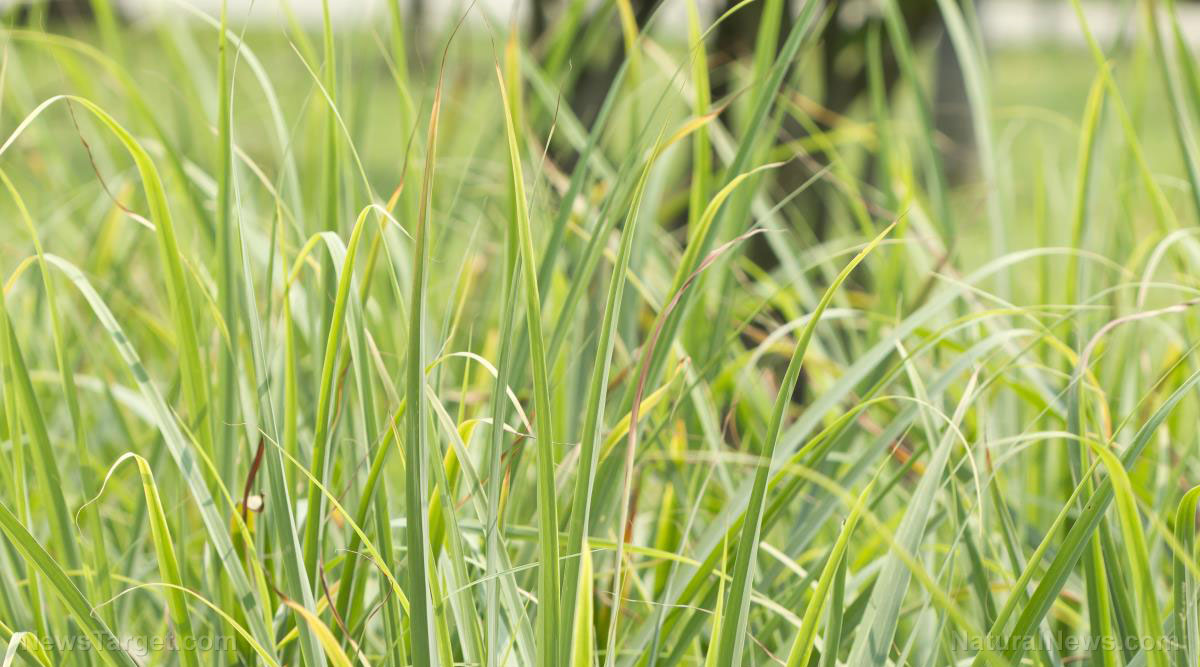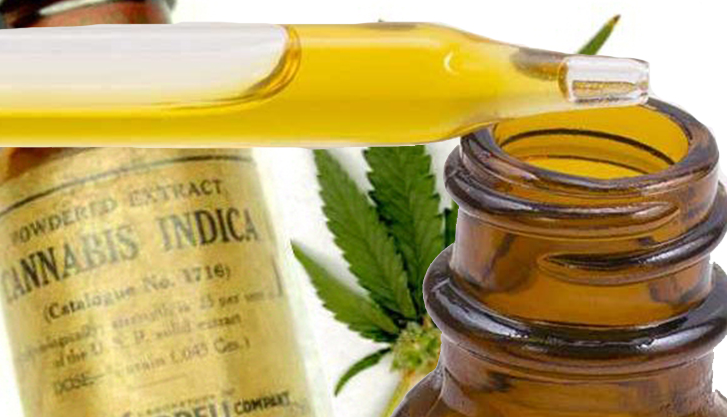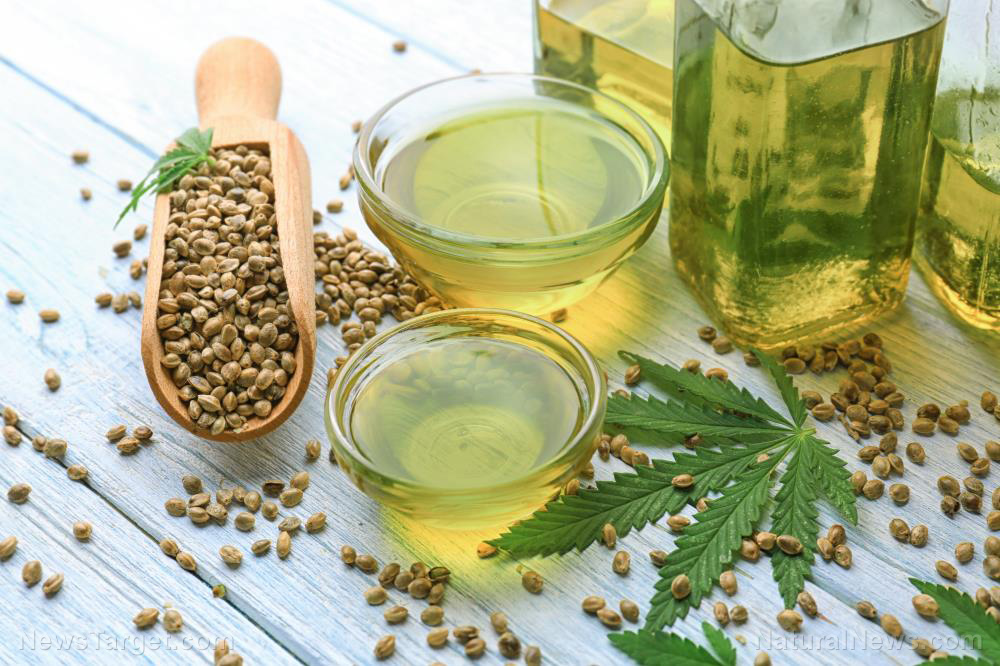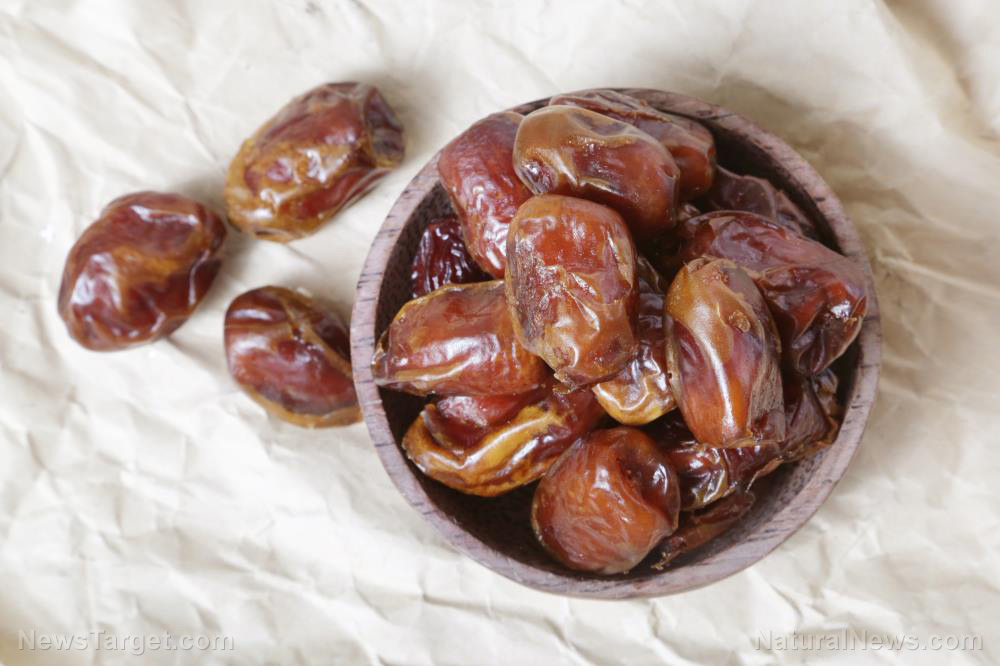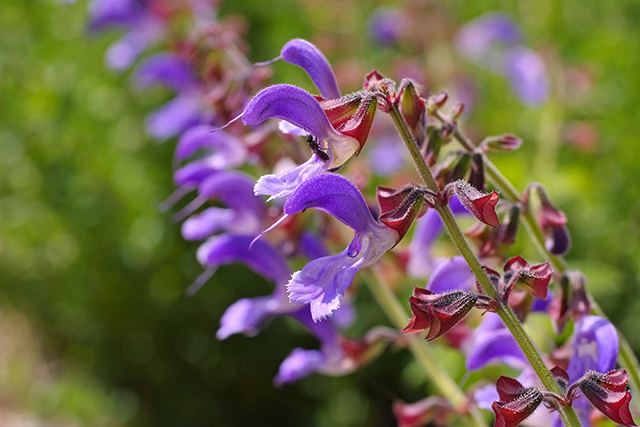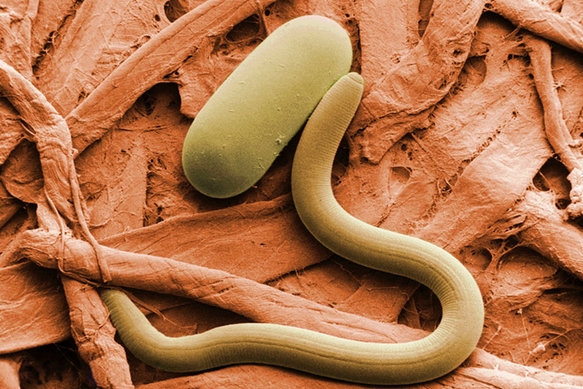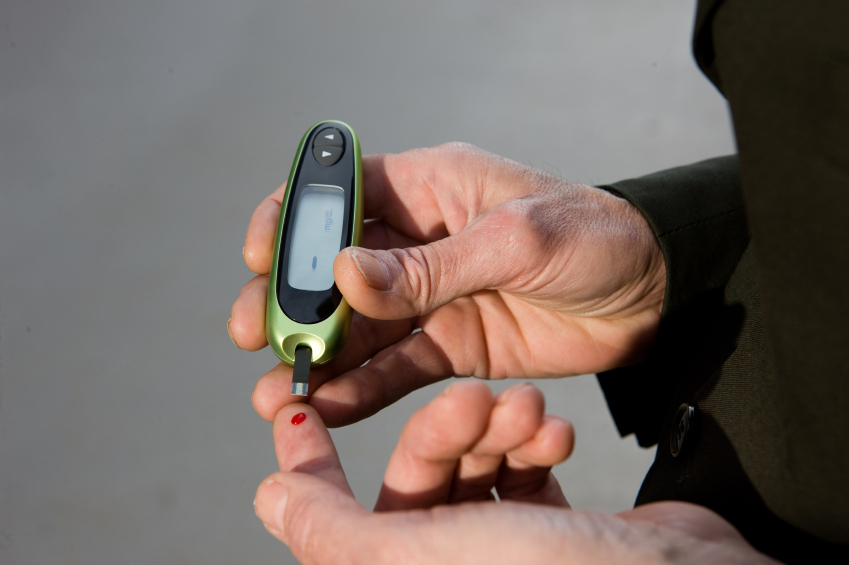Traditional healers in South Africa use plant-based treatments for HIV symptoms
10/05/2018 / By Ralph Flores
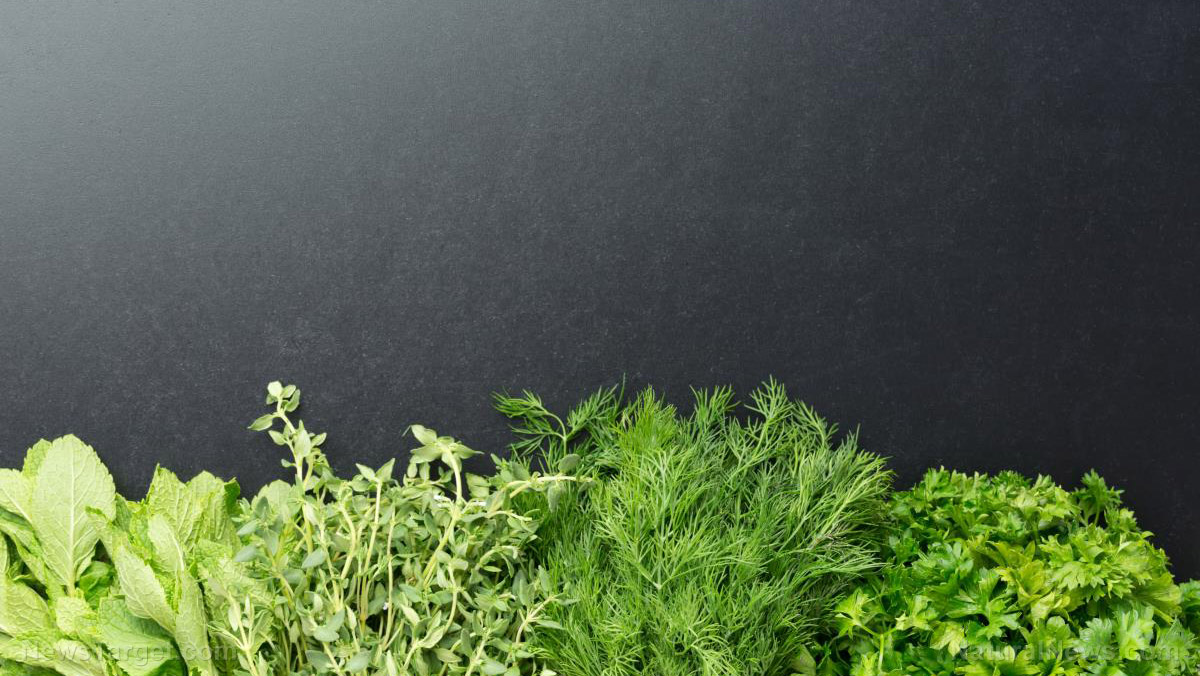
An invasive plant species in South Africa is discovered to have an unlikely use for traditional healers in the area. In a study conducted by researchers from the University of Venda, they found out that local healers in Limpopo, South Africa used invasive alien plants to treat HIV and AIDS-related symptoms.
The study presented which plants were used in the treatment of the symptoms. It comes at a time when there is renewed interest in the effects of medicinal treatment, especially in areas where there is limited access to medical facilities. While this could be a welcome development, invasive plant species pose a threat to endemic wildlife in the area. In South Africa, at least 160 species of plant are considered to be invasive species – the highest incidence in the world.
To learn more about the plants that were used, researchers collected data from traditional healers who participated in the study. The group was asked questions relevant to their knowledge of the invasive plants and their medicinal use.
Researchers discovered that local healers used 38 plant species for treating HIV or AIDS-related symptoms. Of these plants, the ones that were frequently used included the following:
- Bugweed (Solanum mauritianum) – This herb is used to treat wounds.
- Castor oil plant (Ricinus communis L.) – The roots and the fruit of this shrub are used in treating gonorrhea and wounds.
- Chinaberry and umbrella tree (Melia azedarach) – The bark of the tree is used to treat wounds.
- Mubomo (Eucalyptus paniculata) – The tree is used to treat wounds as well as fever-like symptoms.
- White-flowered Mexican poppy (Argemone ochroleuca) – The roots of this herb are used as a treatment for sore teeth, and gonorrhea.
- Sisal (Agave sisalana) – The whole plant is used to treat wounds, headache, and gonorrhea.
100% organic essential oil sets now available for your home and personal care, including Rosemary, Oregano, Eucalyptus, Tea Tree, Clary Sage and more, all 100% organic and laboratory tested for safety. A multitude of uses, from stress reduction to topical first aid. See the complete listing here, and help support this news site.
The researchers also found out that the roots and the leaves are the main parts of the plant that are used by traditional healers, followed by tree bark and the whole plant. The plants are mainly used to treat wounds, followed by gonorrhea.
The study concludes by saying that the plants have an important role in traditional healthcare and that the “use of traditional medicine is still an important part of their socio-cultural life.”
Fast facts on HIV and AIDS
The human immunodeficiency virus (referred to as HIV) is a condition that affects people from all walks of life. Based on the estimates of the World Health Organization (WHO), over 36 million people have HIV around the world; at least 1.8 million people become infected each year, and one million die from HIV-related causes.
A person can get HIV either through sexual activity with a person infected with the virus; transfusion of contaminated blood; and transfer through infected needles, syringes, or surgical equipment. A mother may also transmit HIV to her baby during pregnancy, childbirth, or breastfeeding.
Once a person contracts HIV, it begins to attack the cells of the immune system. The length of time for symptoms vary for each person, but if a person is not treated, signs may appear within five to 10 years. Once this happens, the immune system becomes unable to fend off the disease, and the body becomes prone to infection. This advanced stage is called the acquired immunodeficiency syndrome (AIDS). During this time, “opportunistic infections” or cancers may occur in a person, often leading to death. In Africa, complications from tuberculosis killed over 400,000 people in 2016 alone.
There is currently no cure for HIV and AIDS. However, the spread of HIV can be controlled using antiretroviral therapy (ART).
Read more stories about plant-based treatments by visiting Healing.news today.
Sources include:
Tagged Under: AIDs, herbal medicine, Herbs, HIV, invasive species, Limpopo, natural cures, natural medicine, plant cures, plant medicine, sexually-transmitted diseases, South Africa, Traditional healers

